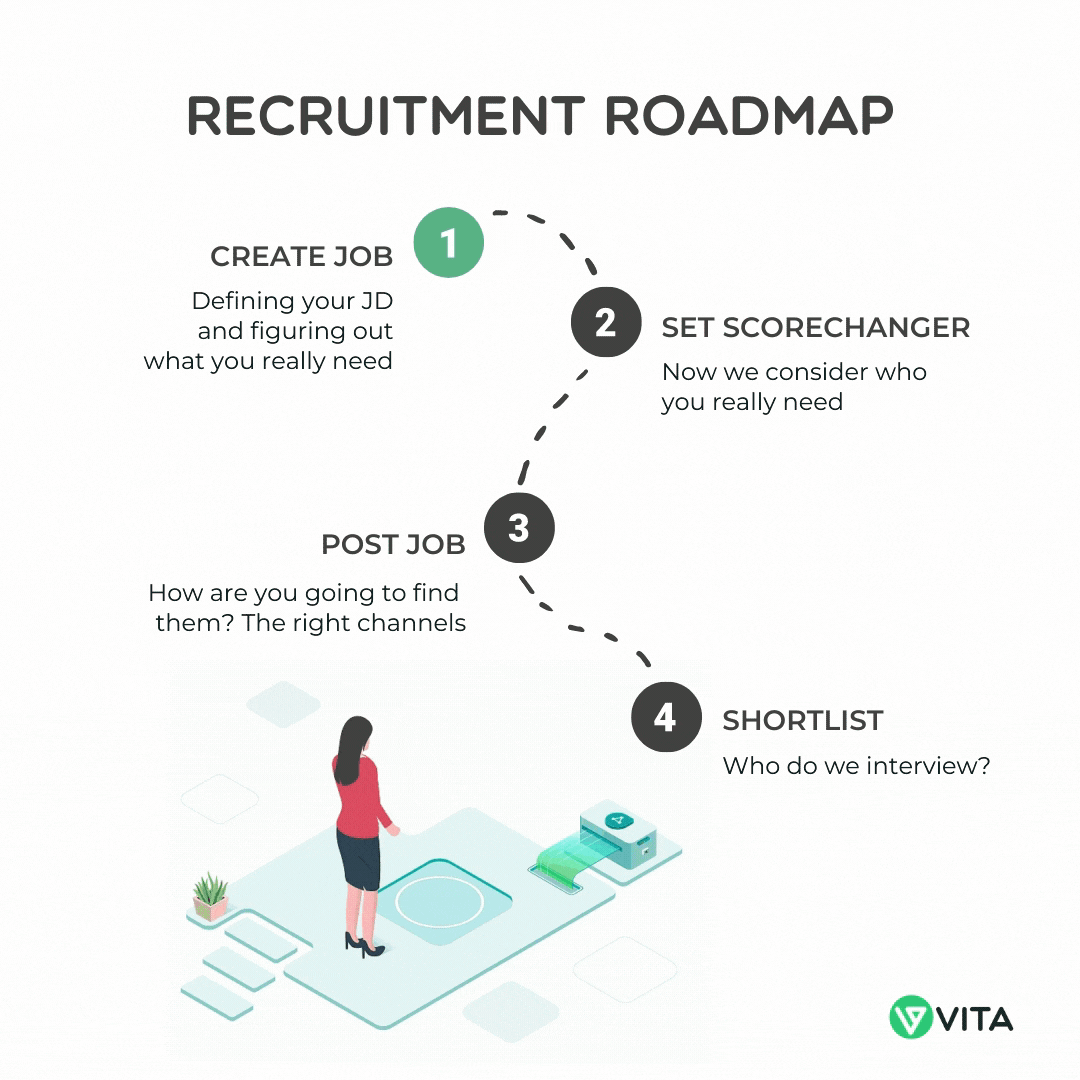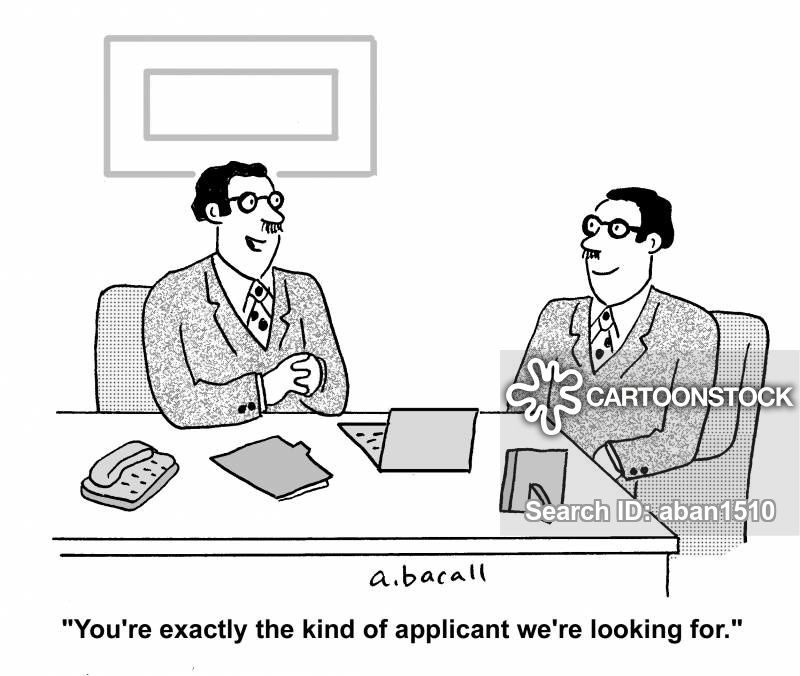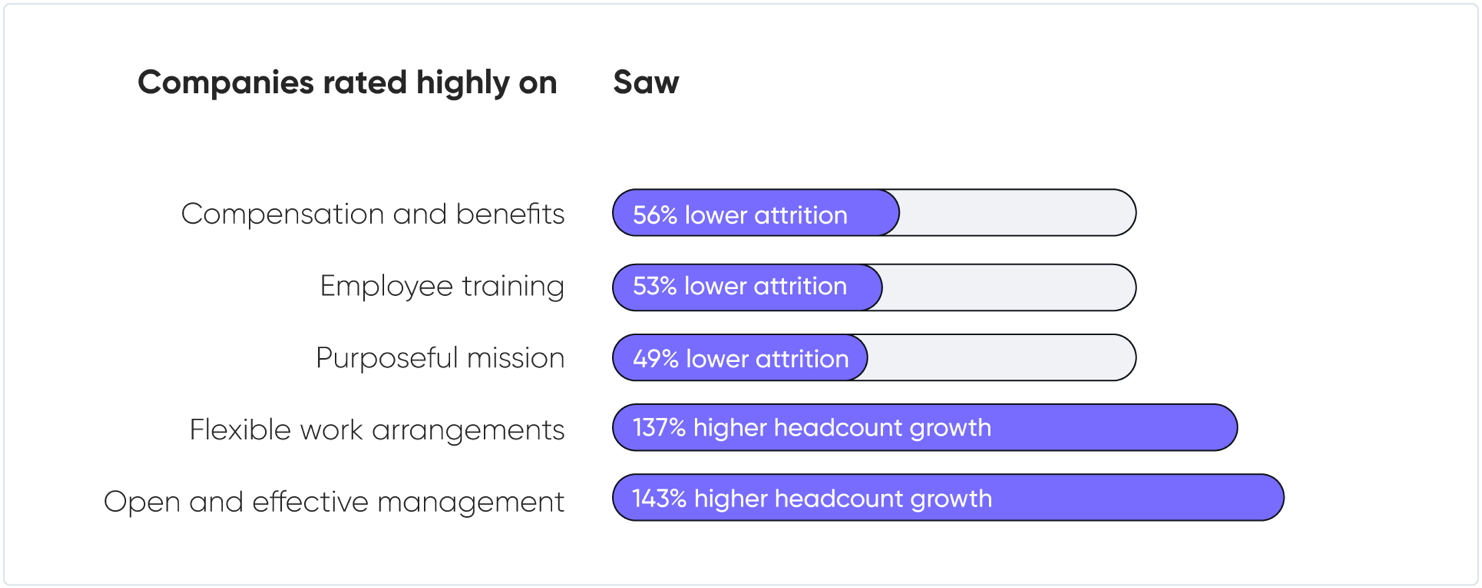Defining - Why do you need someone
The most important question on recruitment that none of us are asking.

This is the first step in a 4 part series on Recruitment screening. We first consider the reason behind why we're hiring. And with this thought, then decide what we really need.

Before we get started on who we need, where to find them and how to identify them, we strongly recommend looking at the following, to see if there exists escape routes out of this process.
Do I need another person?
It may not be necessary to hire someone in the first place. And it is critical to consider, that sometimes you could be doing more harm to your company than benefit by bringing someone on, regardless of who they are, one bad apple along with poor management can taint the whole company culture.
The foremost reason we might consider hiring someone would be increased activity. Either you came into a round of funding, and foresee activity to pick up significantly in the coming period, or less ideally, things are already getting a bit too much to handle for existing staff. The logical next step would be bringing someone on board to help with this. But we implore you to stop for a minute. And consider from a higher level.
To start with, to cope with increased levels of activity, or changing business climates, might I consider restructuring the way that certain processes are done? Try plotting out on paper the flow of work, what passes to where and who reports to whom, and try talking to the people in the operational level to understand more about their daily processes. For a case, one of our mentors, a person we look up to was actually able to increase productivity in his Fortune 500 company by 10x, after cutting out 20% of workforce who were inadvertently stalling progress in the company.
Streamlining processes are the other way to go. To cope with increased activity, before you add a person to the team, you would want to consider whether there are ways the existing processes can be supplemented or automated by external systems. This could be Sales being streamlined by integrating with platforms such as Hubspot. Support requirements being off-shored to 3rd party technical support providers or using tools free tools like tawk.to, or support your recruitment team by adopting solutions like Vita, together with a great HRMS, post that. (forgive the shameless plug)
Modelled or Novel job?
Awareness of what we're doing is key to doing it well. Now that we know we need a person for the job, there are 2 possibilities. Am I replacing an existing person or if its an entirely new job function?

For whatever reason, the person who previously held the role is being replaced, and that's why I'm hiring. This situation is a lot easier because there's only one key thing to consider: How the previous person performed in the role. If they were great, you already know the kind of person you're looking for. Model them, map out their attributes, what kind of person they were, interview them to find out what the job really entails, and how they'd go about doing it, and voila. You've got your winning recipe to fill the position you need.
However, if the previous occupants performance was not great / sub-optimal, or there was scope for improvement, you need to ask the question, why? What was it about the job that could be done better, and what about the person prevented them from doing so. With these in mind, we rewrite the job requirements, and considering what wasn't being met by the previous position-holder, define the person we need to fill the position in the best way.
I must stress, rigidity on these definitions is a road to failure. Using what you've come up with so far, as a guide, to exercise your judgement in deciding between candidates is a must. The precise definition you've come up with, may not possible to find in your current reach, or might not even exist. It serves as a benchmark against which you gauge whether the person you're considering can reach soon, or surpass with doable effort.
In a novel job situation, a new task has opened up. Something that wasn't being done before, now needs to be done, and we need to bring a person onboard to do it. Now this is very delicate territory, as defining the scope of the new position can break or make the new employee. When a person joins a company, it's much like a newborn baby being introduced to the world. With the right guidance, a structured schooling system, knowing exactly what's required of the person, they can hit the ground running guided by the pre-defined objectives. That's how superstars are made.
We've seen the biggest early determination, and what even the best of recruiters get wrong with complacency ever so often. The job description. There's a wealth of content available on guiding you towards writing the perfect job description, we highly recommend giving these 2 articles a read.
Remuneration
Now knowing the need you're going to solve by bringing this person on, we consider what we're going to give in exchange for this person. Remuneration. There's a lot to consider with this, but salary being the benchmark for as long as jobs have existed, you can skip a lot of that by comparing with existing rates for similar roles.
You can use tools such as payscale and paylab to get an idea of market rates for remuneration, salary. But let's face it. If you're an early stage startup you probably can't afford to pay the big bucks. When money doesn't quite cut it we consider other possibilities, such as workplace environments and employee stock options.
EVP
Consider your Employee Value Proposition. What are you willing to give in return for the services rendered, inclusive of things like remuneration. There's an actionable blog on this by Micheal Page here.
Don't take EVP lightly, it's significantly more useful than you'd realise, shown in the LinkedIn report below:

For startups the common practice, proven and tested for reasons such as giving a sense of ownership, aligning people around a vision, and the high-risk, high-reward aspect, that attracts talent to the startup scene in the first place.
You've figured out that you need someone. And you know the hard skills you're looking for. The easy part's done. Now onto the most important consideration. Personality and soft skills. Hard skills, as we've seen, can be taught along the way, usually picked up on-the-job. But soft skills and attitude mismatch are the hidden enemies of the recruitment process, so difficult to pinpoint, most just accept it as a risk and go on. We believe, you can do better.
We learn more about this in our step 2.
